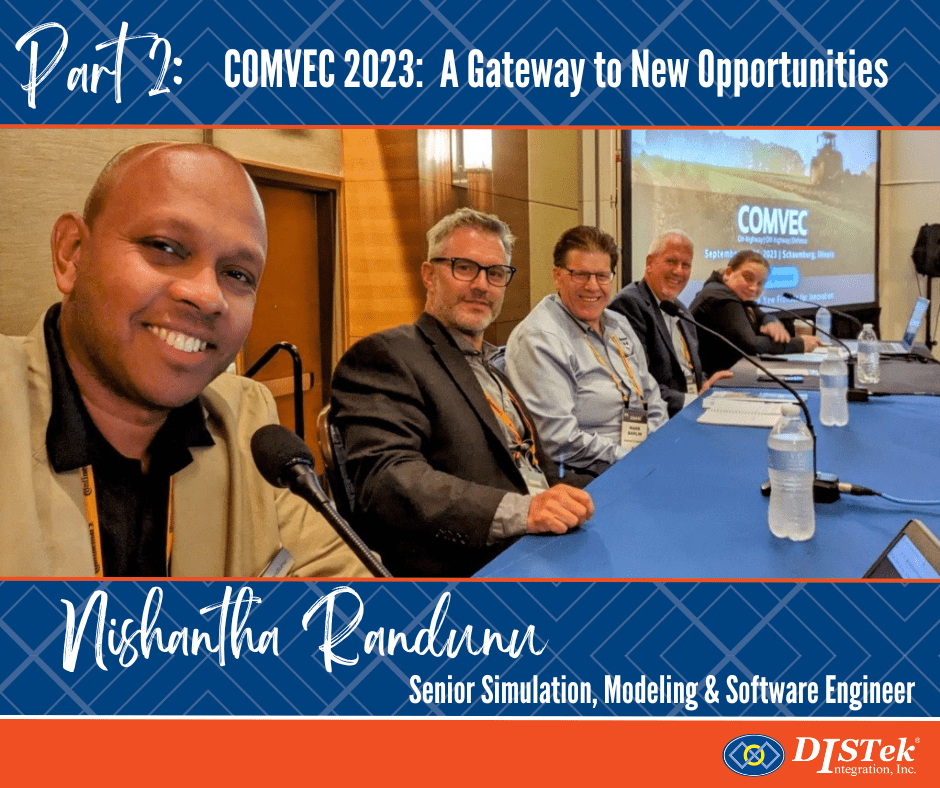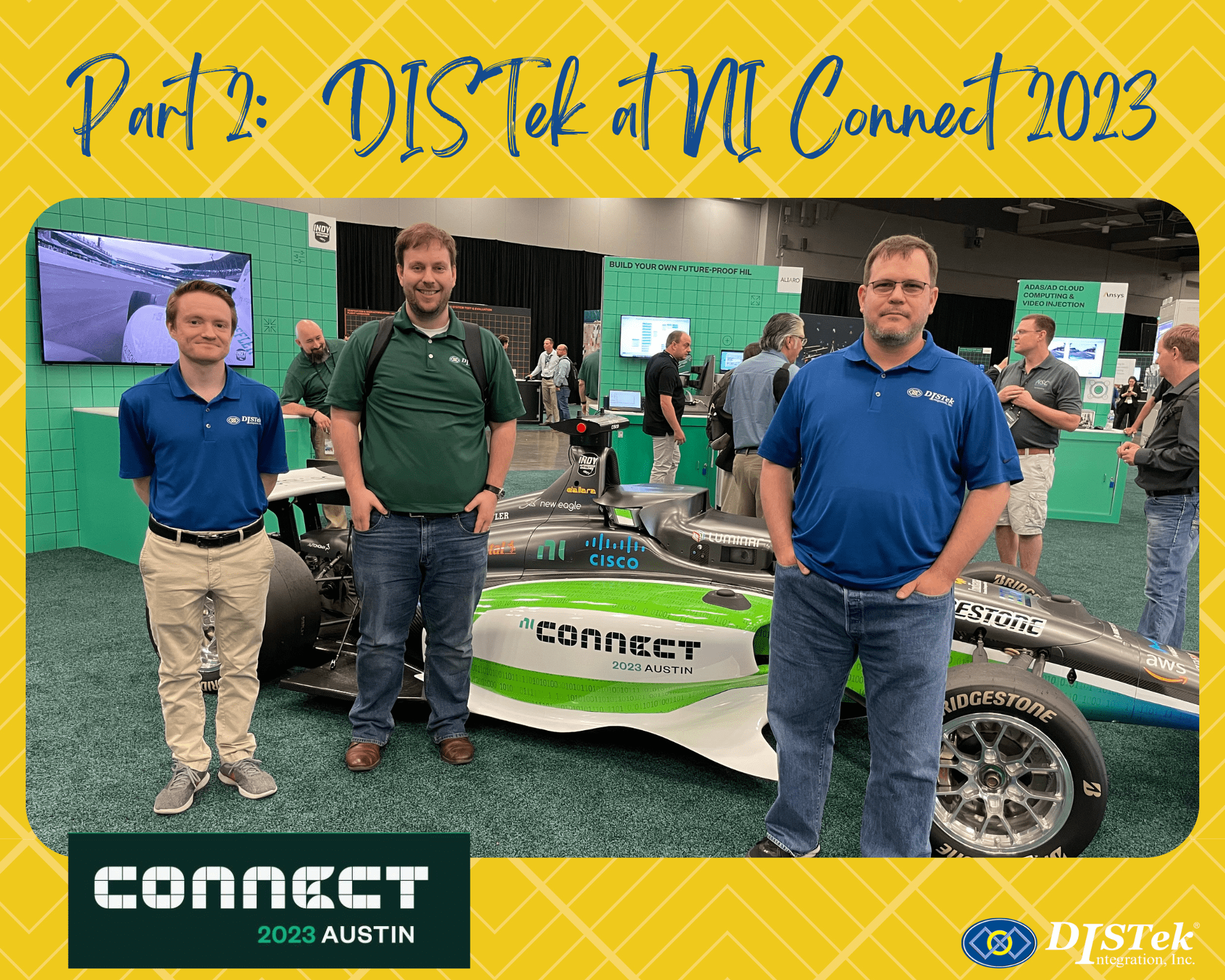
This year’s theme focused on “Engineering Leadership – Changing, Guiding, Influencing”. I had the opportunity to sit in on several technical sessions that included some of the top panelists from across the country. The list included Deere & Company, Case New Holland, Caterpillar, Inc., Eaton and a variety of university professors.
One of the common topics I came across was how to address the increasingly complex and volatile landscape of vehicle products and control systems. How today’s engineers, across all organizations, need to develop strong adaptive thinking abilities and problem solving skills for their customers.
One session in particular, “Challenges of Multiple Configurations in Electrohydraulic Systems” stood out to me because it had a direct connection to one of my current customer projects. The panelists went on to explain some key areas to focus in on when managing complex EH systems across multiple platforms.
Areas of complexity management to consider:
- Modular Design
- Standard Interfaces
- Standard I/O
- Minimizing Hardware Variants
- Common Diagnostics
- Tools
When we’re able to manage the complexity of our control systems this in turn should provide us great value with future opportunities. Having the ability of “plug & play” subsystems and performance standards for our customers is a big deal.
A little fun fact that maybe we don’t realize too often in today’s version of the electrohydraulic control system, is that we can potentially have 1,500+ tunable parameters. That’s on the low end, and it only goes up from there.
Overall, this was a fun and beneficial opportunity for me to collaborate with suppliers and OEMs from a variety of on-highway, off-highway and defense companies common to our industry. It was a great reminder of what the future has in store for all of us.





